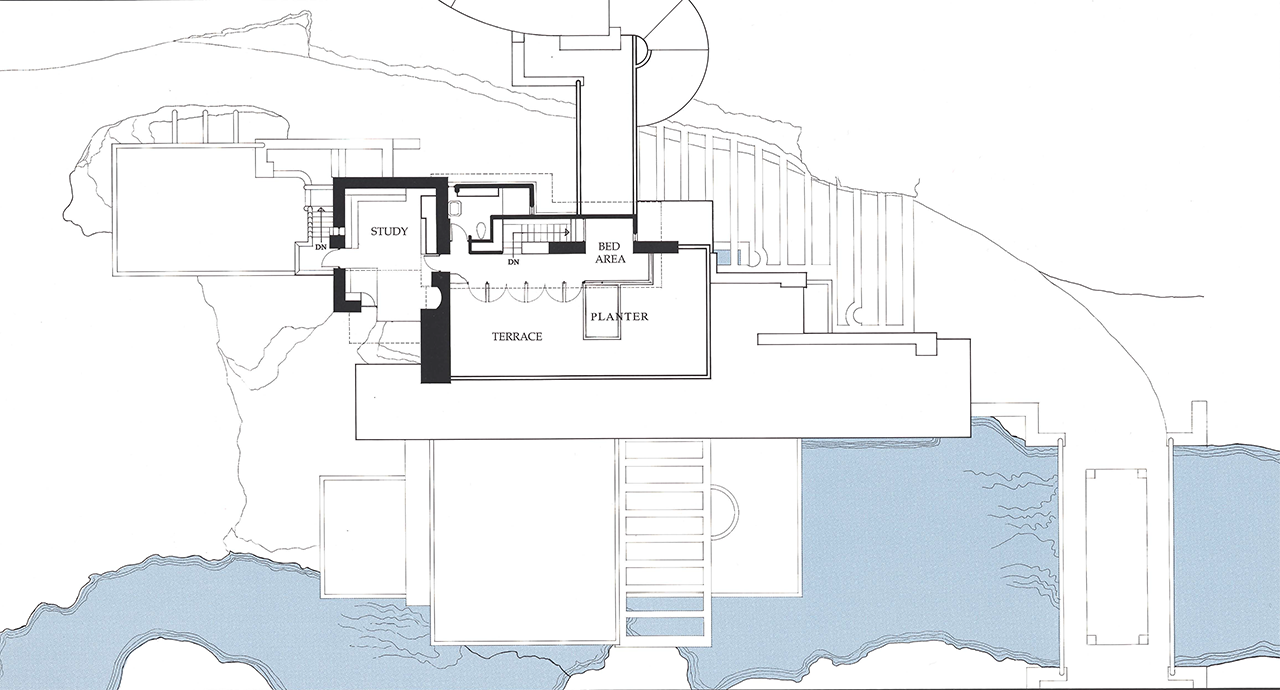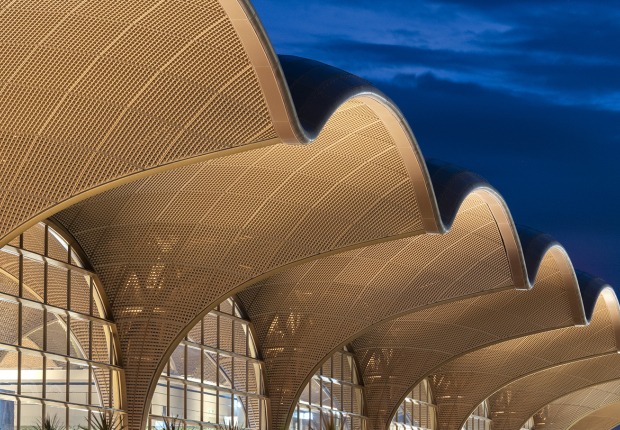In 1935, at age 67, the architect Frank Lloyd Wright began the design of house, commissioned by the Kaufmann family from Pittsburg, placing it over a small river and waterfall, with an architecture whose presence would magnify the perception of the natural environment.
Fallingwater, even before completion, appeared in the background of the cover of Time magazine (January 17, 1938) in which F. L. Wright was the main figure. It was completed in 1939 and very soon after it would be classified by Time and the American Institute of Architects as "the best work of Architecture in American history".

"It's a house that doesn’t even appear to stand on solid ground, but instead stretches out over a 30’ waterfall. It captured everyone’s imagination when it was on the cover of Time magazine in 1938."
Pittsburgh at the time was sometimes called the “Smoky City”, due to the high concentration of pollution in the air, created by Pittsburgh’s steel industry. People who could afford to take the train to the mountains relished the chance to breathe fresh, cool mountain air. When the Kaufmanns decided it was time to build a modern vacation house, they turned to Frank Lloyd Wright to design it for them. At the time, their son was fascinated with Wright’s ideas and was even studying with him at Wright’s school, the Taliesin Fellowship.
Wright decided to build the house directly over the waterfall thus emphasizing the sound of the water over the views which was what the clients were expecting. Wright explained his aim was to design a house in which they would actually live with the waterfalls, make them part of their everyday life, and not just to look at them now and then.
Despite its technical and structural modernity for the time being, with long concrete cantilevers, the building harmonizes exterior appeareance tuning in its colors with the natural environment. The exterior walls create a cohesion effect through the use of two colors: a light ocher in the concrete elements and Cherokee red for the steel elements.
This architectural icon, although it had to receive a major structural renovation in 2002, has received over 4.5 million visits since the Western Pennsylvania Conservancy opened its doors in 1964. Its unique environment, Bear Run Nature Reserve, has led to the creation of a historical monument whose architecture is linked more than ever to its surrounding environment.
CREDITS. DATA SHEET.-
Architect.- Frank Lloyd Wright.
Owners.- Kaufmann Family (1936-1963), Western Pennsylvania Conservancy (1963 - 2015).
Dates.- 1936-1938 (manor house), 1939 (guest house).
Budget.- 155.000 $.
Area.- 495 sqm (268 sqm. interior, 227 sqm terraces). 160 sqm guest house.




















































